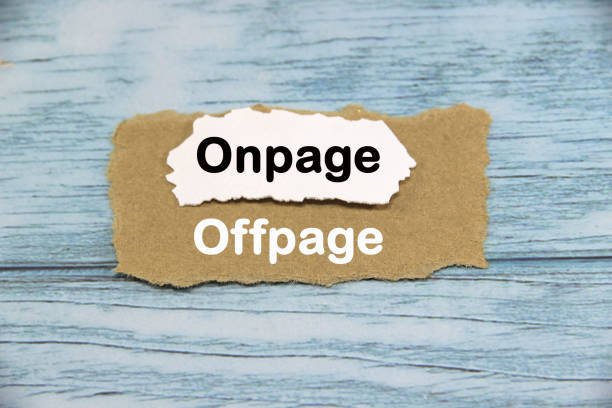How to Optimize Your Website Content for Yandex: A Step-by-Step Guide
Optimizing your website content for Yandex requires a clear strategy tailored to its unique ranking signals. Follow these step-by-step tips to create content that aligns with Yandex’s indexing and ranking algorithms, ensuring your site stands out to the Russian search engine.
Step 1: Conduct Thorough Keyword Research

1. Identify Relevant Keywords
- Use keyword research tools that support Russian language searches (e.g., Yandex Wordstat, SEMrush tailored for Russian queries).
- Focus on long-tail keywords and phrases that reflect the natural language of your target audience.
2. Analyze Competitor Content
- Review top-ranking pages on Yandex in your niche to understand which keywords are driving traffic.
- Note the language style, common terms, and frequently used local expressions.
Step 2: Create High-Quality, Localized Content
1. Write in Authentic, Natural Russian
- Ensure that your content is fluent and free of grammatical errors.
- Incorporate local idioms, colloquial phrases, and cultural references that resonate with your target audience.
2. Produce Detailed and Informative Articles
- Cover topics in-depth so that your content answers user queries comprehensively.
- Use clear, concise language and organize your content with subheadings, bullet points, and short paragraphs for better readability.
3. Tailor Content to Local Interests
- Address local trends, news, or issues relevant to your audience.
- Include case studies or examples that illustrate local experiences and challenges.
Step 3: Optimize On-Page Elements for Yandex

1. Title Tags and Meta Descriptions
- Craft unique and compelling title tags that include your primary keywords.
- Write meta descriptions that are both informative and enticing, encouraging users to click on your link.
2. Use Structured Headings
- Organize your content with clear headings (H1, H2, H3) that guide both readers and Yandex crawlers.
- Ensure your main topic is clearly defined in your H1 tag.
3. Internal and External Linking
- Link to other relevant content on your website to improve site structure and help Yandex understand your content’s context.
- When appropriate, reference reputable external sources to build authority.
Step 4: Enhance Multimedia Elements
1. Optimize Images and Videos
- Compress images to ensure fast load times without sacrificing quality.
- Add descriptive, keyword-rich alt tags and file names in Russian to support image search indexing on Yandex.
2. Integrate Engaging Multimedia
- Include videos, infographics, and other visual aids that complement your text.
- Ensure multimedia elements are responsive and load quickly on all devices.
Step 5: Improve User Experience and Site Performance

1. Mobile Optimization
- Ensure your website design is responsive, as many Yandex users browse on mobile devices.
- Test your site on various screen sizes to guarantee a seamless user experience.
2. Enhance Site Speed
- Optimize website code, enable caching, and consider using a Content Delivery Network (CDN) to reduce loading times.
- Use tools like Yandex Metrica to monitor page speed and make necessary improvements.
3. Clean Site Architecture
- Create an intuitive navigation structure that helps users find content easily.
- Maintain a logical URL structure and regularly update your XML sitemap to aid Yandex crawlers.
Step 6: Leverage Yandex Webmaster Tools
1. Register Your Website
- Sign up for Yandex Webmaster Tools and submit your site’s sitemap to facilitate indexing.
- Monitor how Yandex crawls and indexes your content.
2. Monitor Performance Metrics
- Use Yandex Metrica and Webmaster Tools to track user behavior, such as click-through rates, bounce rates, and dwell time.
- Adjust your content strategy based on the insights you gather.
Step 7: Regularly Update and Refresh Content
1. Keep Content Current
- Regularly update your articles to ensure they reflect the latest information, trends, and local events.
- Refresh outdated content to maintain relevance and improve rankings.
2. Engage with Your Audience
- Encourage user comments and interaction.
- Use feedback to improve your content and address any new search queries or topics of interest.
Conclusion
Optimizing your website content for Yandex involves a blend of strategic keyword research, high-quality localized writing, on-page optimization, enhanced multimedia use, and continuous performance monitoring. By following these steps, you can align your content with Yandex’s unique indexing and ranking algorithms, improving your site’s visibility and engaging a broader Russian audience.
Implement these techniques consistently, and you’ll be well on your way to achieving higher rankings on Yandex. Happy optimizing!







